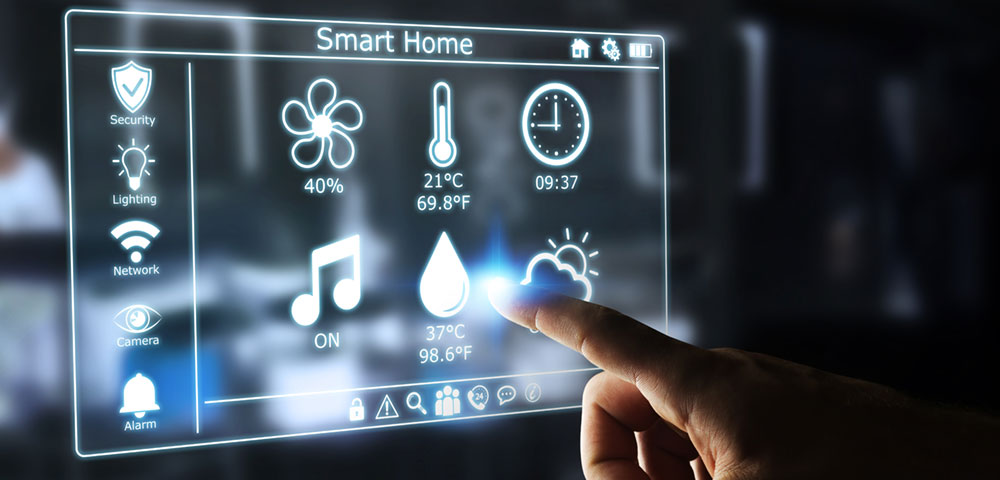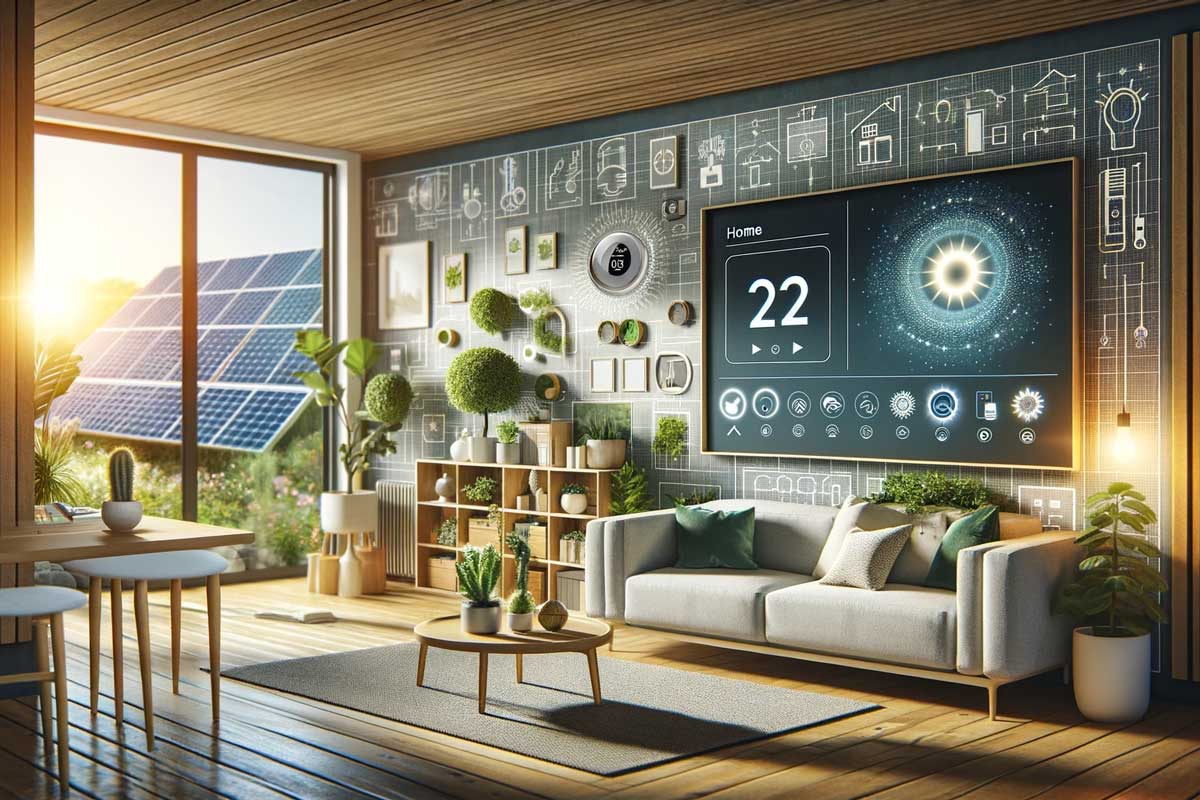
How to Live Sustainably with Home Automation: A Tech Professional's Guide
Share
As the world becomes increasingly aware of the environmental impact of our daily activities, many tech professionals and enthusiasts are turning their attention to sustainable living. One of the most exciting and efficient ways to achieve a more eco-friendly lifestyle is through home automation. By integrating smart technologies into our homes, we can significantly reduce our carbon footprint, conserve energy, and create a more sustainable future.
In this comprehensive guide, we will explore the various aspects of living sustainably with home automation. Whether you are a seasoned tech professional or a curious enthusiast, you will find valuable insights and practical tips to help you make the most of smart home technology in an environmentally conscious way.

The Power of Home Automation for Sustainable Living
Home automation involves the use of smart devices and systems to control various aspects of your home environment. From lighting and heating to security and entertainment, these technologies offer convenience, efficiency, and, most importantly, sustainability. By leveraging home automation, you can optimize energy usage, reduce waste, and contribute to a greener planet.
Smart lighting systems, for instance, allow you to control the brightness and color of your lights remotely. This not only adds convenience but also ensures that lights are only used when needed. Similarly, smart thermostats can learn your preferences and adjust the temperature accordingly, reducing energy consumption and cutting down on utility bills.
Key Benefits of Sustainable Home Automation
Energy Efficiency
One of the primary advantages of home automation is its ability to enhance energy efficiency. Smart devices can monitor and manage energy usage, ensuring that appliances are only active when necessary. For example, a long-range water sensor can detect leaks and prevent water wastage, while smart plugs can turn off devices when they are not in use.
Reduced Carbon Footprint
By minimizing energy consumption, home automation helps reduce your carbon footprint. For instance, using a sustainable home climate control system can significantly decrease your reliance on fossil fuels, leading to lower greenhouse gas emissions. This contributes to combating climate change and preserving the environment for future generations.
Water Conservation
Incorporating smart water management systems into your home can have a profound impact on sustainability. Devices such as water leak detectors and commercial water leak detectors can help identify leaks early, preventing water wastage and potential damage to your property. Additionally, smart irrigation systems can optimize watering schedules, ensuring that your garden remains lush while conserving water.
Practical Tips for Implementing Sustainable Home Automation
Implementing sustainable home automation doesn't have to be a daunting task. Here are some practical tips to help you get started:
1. Start with Smart Lighting
Replacing traditional light bulbs with smart LED bulbs is a simple yet effective way to reduce energy consumption. These bulbs are not only energy-efficient but also offer features such as dimming and scheduling, allowing you to customize your lighting to suit your needs.
2. Invest in a Smart Thermostat
A smart thermostat is a valuable addition to any home seeking to become more sustainable. By learning your preferences and adjusting temperatures automatically, it ensures optimal comfort while minimizing energy usage. Some models even provide insights into your energy consumption patterns, helping you identify areas for improvement.
3. Utilize Smart Plugs and Power Strips
Smart plugs and power strips allow you to control the power supply to your devices remotely. This means you can easily turn off electronics when they are not in use, preventing phantom energy consumption. It's a simple yet effective way to reduce energy waste.
The Future of Sustainable Living with Home Automation
The integration of home automation with renewable energy sources holds immense potential for sustainable living. Solar panels, wind turbines, and energy storage systems can work in tandem with smart home technologies to create a truly self-sustaining environment. By generating and storing clean energy, homeowners can further reduce their reliance on traditional power grids and minimize their environmental impact.
Furthermore, advancements in artificial intelligence and machine learning are revolutionizing home automation. These technologies enable devices to learn and adapt to user behavior, optimizing energy consumption and enhancing overall efficiency.
For more insights into eco-friendly home automation products, you can visit Elemental Green.

FAQ
1. What is sustainable home automation?
Sustainable home automation involves the use of smart technologies to enhance energy efficiency, reduce waste, and promote eco-friendly living. It allows homeowners to control and monitor their energy usage, ultimately contributing to a greener planet.
2. How can I start implementing home automation for sustainability?
Begin by investing in smart devices such as LED bulbs, smart thermostats, and smart plugs. These devices are easy to install and can significantly enhance your home's energy efficiency.
3. What are the long-term benefits of sustainable home automation?
In the long run, sustainable home automation can lead to reduced energy bills, a lower carbon footprint, and a more environmentally friendly lifestyle. It also offers convenience and control over your home's energy usage.
